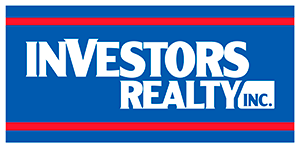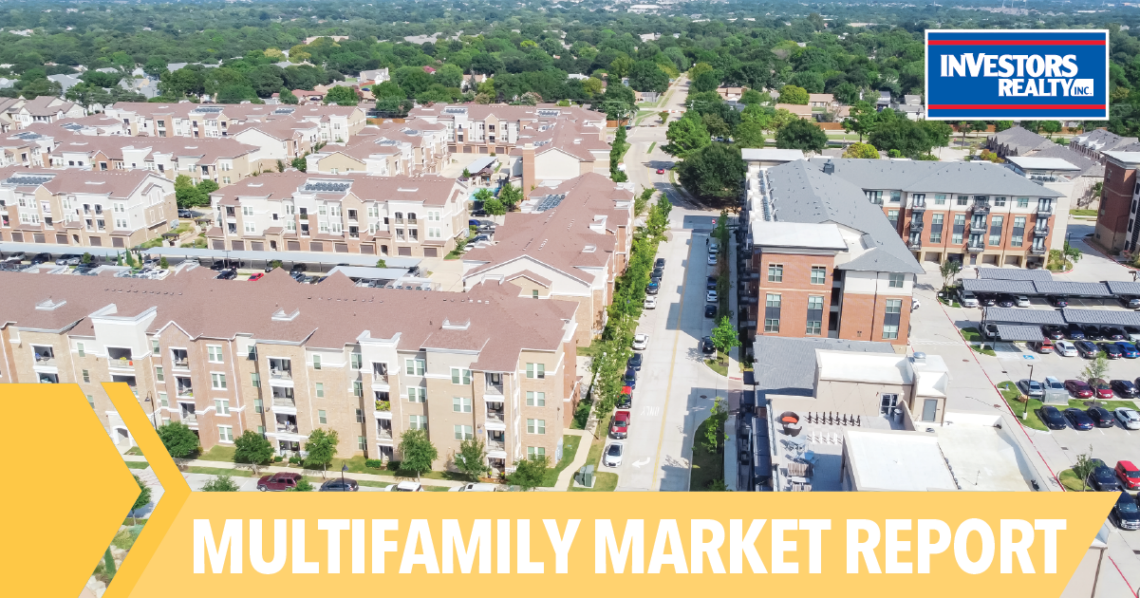The Single-Family Housing Market Impacts the Multifamily Market

The Omaha multifamily market continues an upward trend due to low inventory in the single-family housing market. The S&P CoreLogic Case-Shiller National Home Price Index recently posted a 16.6% annual gain in single-family housing. This spring, the University of Nebraska Omaha’s Center for Real Estate and Asset Management stated home prices in the Omaha Metro increased by 11% during 2020.
Markets like Phoenix, Memphis, Tampa and Riverside, CA have all seen single-family housing prices grow by more than 20% year over year. While it is no secret the single-family housing market is red hot, the ripple effects are becoming more visible in the multifamily market.
During the housing boom of 2003-2005, more than 5,000 single-family housing units were permitted each year, and less than 1,000 multifamily units were permitted in the Omaha CSA. During the ten years following the Great Recession, the Omaha CSA averaged 2,500 single-family units – well below the forty-year average – and 1,500 multifamily units per year. With a demographic surge of the sizeable Millennial generation looking to purchase homes, historic low interest rates, and competition from investors, there is exceptional demand with little product to buy. Consequently, a backlog in the housing market has created more multifamily renters. Despite the record 3,200 multifamily units delivered in 2020 in the Omaha Metro, the tailwinds remain at the backs of the apartment owner. So, how are the multifamily fundamentals, and what are current trends?
- Vacancy Rates – The vacancy rate has fallen to less than 5% according to CoStar Analytics, and over the past six years, it has oscillated between 5.5% and 7%. In 2021, fewer units will be delivered than in the previous four years, which may push the vacancy rate to an all-time low.
- Rent Growth – Many apartment communities are seeing rental growth ranging from 3% to 8% year over year. On average, apartment owners have increased rents 5% throughout the metro. While landlords are raising rents, tenants have little option other than to stomach the increase.
- Construction Costs – With building materials up significantly over the past year, whether from disrupted supply chains or extremely scarce labor, the cost to build a new unit is tremendously expensive. It is not atypical to see construction pricing in the $160,000 to $180,000 per unit range for a typical garden-style suburban project.
- Capitalization Rates – There remains an abundance of capital chasing yield as multifamily remains a favorite asset class. Many sales are manufactured off market, with ambitious buyers writing unsolicited offers to uninterested owners. Interest level often changes once the owner sees the lofty offer price. Most listed properties that are reasonably priced get bid up over asking price. Class A institutional-grade apartments are trading at less than 5% capitalization rates, while Class B and C units are not far behind. There are far too many investors and not enough opportunities to satisfy them.
- Debt – Banks and agencies continue to lend, and the borrower’s financing terms remain extremely attractive.
- Single-Family Rental Neighborhoods – We are counting five single-family rental neighborhood projects in the Omaha Metro that are in a pre-development planning phase or are early in their construction. While many institutional buyers have purchased single-family homes in bulk, owning a subdivision of single-family rental homes is attractive operationally.
All of these factors paint a rosy picture for the foreseeable future. While it is easy to be optimistic, issues that may impact the fundamentals are the expiration of the eviction moratorium, changes to the Federal Reserve’s monetary policy and the low interest rate environment, and the potential adjustment of the capital gains and recapture tax rates.
This article appeared in our company newsletter in October of 2021. Please click here to download the entire newsletter.

